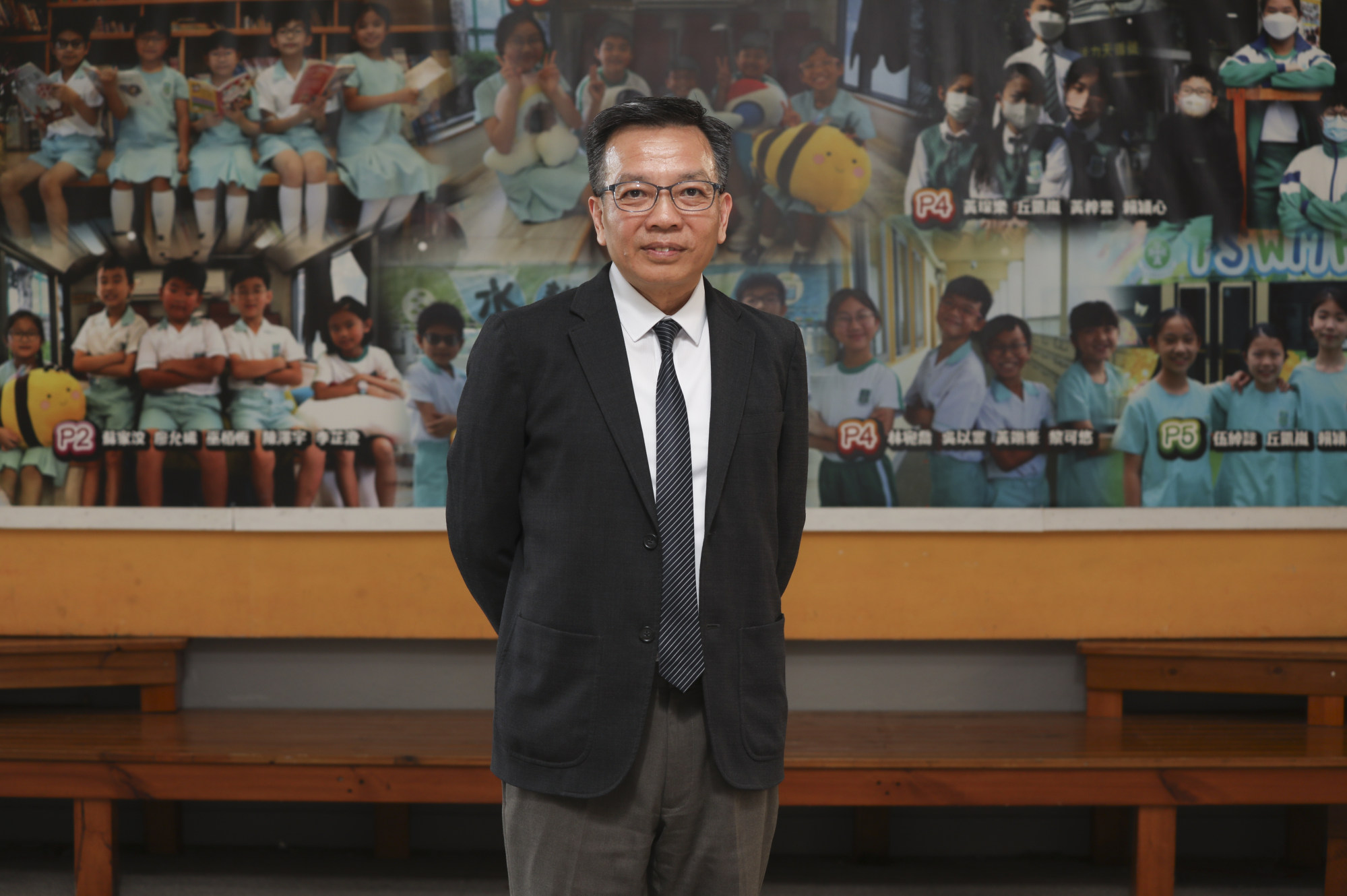
Number of mainland Chinese 1-way permit holders joining Hong Kong schools jumped most on record last year
- According to official data, 6,831 students joined Hong Kong’s primary and secondary schools from October 2022 to September 2023, coinciding with border reopening
- Figure marks 62 per cent jump against 4,218 students recorded in prior period, with school sector noting more pupils tend to come from wealthier families than in past
The number of mainland Chinese one-way permit holders joining Hong Kong schools jumped the most on record in the last academic year, but the sector said the newcomers could only ease the problem of a shrinking student population a little.
A sector representative said more pupils came from relatively wealthier families than in the past and parents were picky when selecting schools, while the lower level of proficiency in English compared with locals was still a major concern.
According to official statistics, 6,831 students joined Hong Kong’s primary and secondary schools from October 2022 to September 2023, coinciding with the gradual reopening of the border with the mainland in January last year after the end of strict pandemic controls.
The data was taken from the 2023-24 school year as education authorities said the number of students with one-way permits admitted annually was reflected in the following year’s figure.
The latest figure marked a 62 per cent increase against the 4,218 students recorded between October 2021 to September 2022, when the border with the mainland largely remained closed due to the Covid-19 pandemic. The spike was the highest ever since the data became available in 2007.
One-way permits allow mainlanders to settle in Hong Kong to reunite with their families. But should they receive the permit – of which 150 are available each day – they must surrender their mainland household registration.
During the height of the pandemic, the number of newcomers dropped off with only 3,571 students holding one-way permits coming to Hong Kong from October 2019 to September 2020.
The last peak of the newly admitted pupils from the mainland was between October 2017 and September 2018, when 8,217 began studying at the city’s schools after arriving on one-way permits.
On average over the past nearly two decades, about six out of 10 students holding the one-way permits went to primary schools and the rest went to secondary schools. Data for those entering kindergarten and university was not available.
The government earlier revealed there was an inflow of 40,800 one-way permit holders in 2023, a substantial increase from 21,200 in 2022.
A spokesman for the Education Bureau said the figures did not include the dependents of talent recruited under different schemes.
So Ping-fai, chairman of Subsidised Primary Schools Council and a primary school principal in Tin Shui Wai, said some schools had noted the number of such students and children of imported talent had been on the rise recently.
But he said the pace of the decline in the school-aged population was faster than the flow of mainlanders arriving, which meant institutions struggling to survive did not receive a big boost especially as they needed better enrolment in Primary One and Form One.
“Like in primary schools, most of [the mainland students] entered the senior grades but not lower forms … they can only solve the problem of school survival a little bit but cannot balance out the decline of the student population,” he said.
According to the latest projections released by the Education Bureau, the number of six-year-olds expected to start Primary One will drop from 49,600 this year to 31,500 in 2029, a 36 per cent decline.
Principal So noted the family backgrounds of students from the mainland had changed over the years and parents were also becoming more selective.
“They are now picky when selecting schools and prefer popular schools. They will find out which schools are popular in their community themselves,” he said.
But the levels of English-language proficiency were still a major concern.
“The difference [in English level] is quite huge, some lagged behind [the locals] for two to three years,” he said, adding that some schools might have to arrange for students to study one grade lower.
Chu Wai-lam, vice-chairman of the New Territories School Heads Association and headmaster in North district, attributed the latest jump in one-way permit holders to the reopening of the border.

But he said his school saw a decrease in the number of such students, which prompted a targeted allowance from the government to fall accordingly.
He expected some parents might pick schools in other areas such as Kowloon and not necessarily settle in his district although it is nearest to the border.
The Education Bureau earlier told the legislature it had been offering support services for newly admitted students from the mainland, including the six-month “Initiation Programme” by local schools before entering mainstream schools and the 60-hour “Induction Programme” organised by NGOs.
Both programmes cover language education, learning skills, personal growth and development, as well as social adaptation, according to the government.
Education authorities said they also provided public institutions and those joining the direct subsidy scheme, which are regarded as semi-private, with a support scheme grant to arrange after-school supplementary lessons and organise activities for newcomers.
The rate of the grant per pupil is HK$4,078 for primary schools and HK$6,045 for secondary schools in the current academic year.

